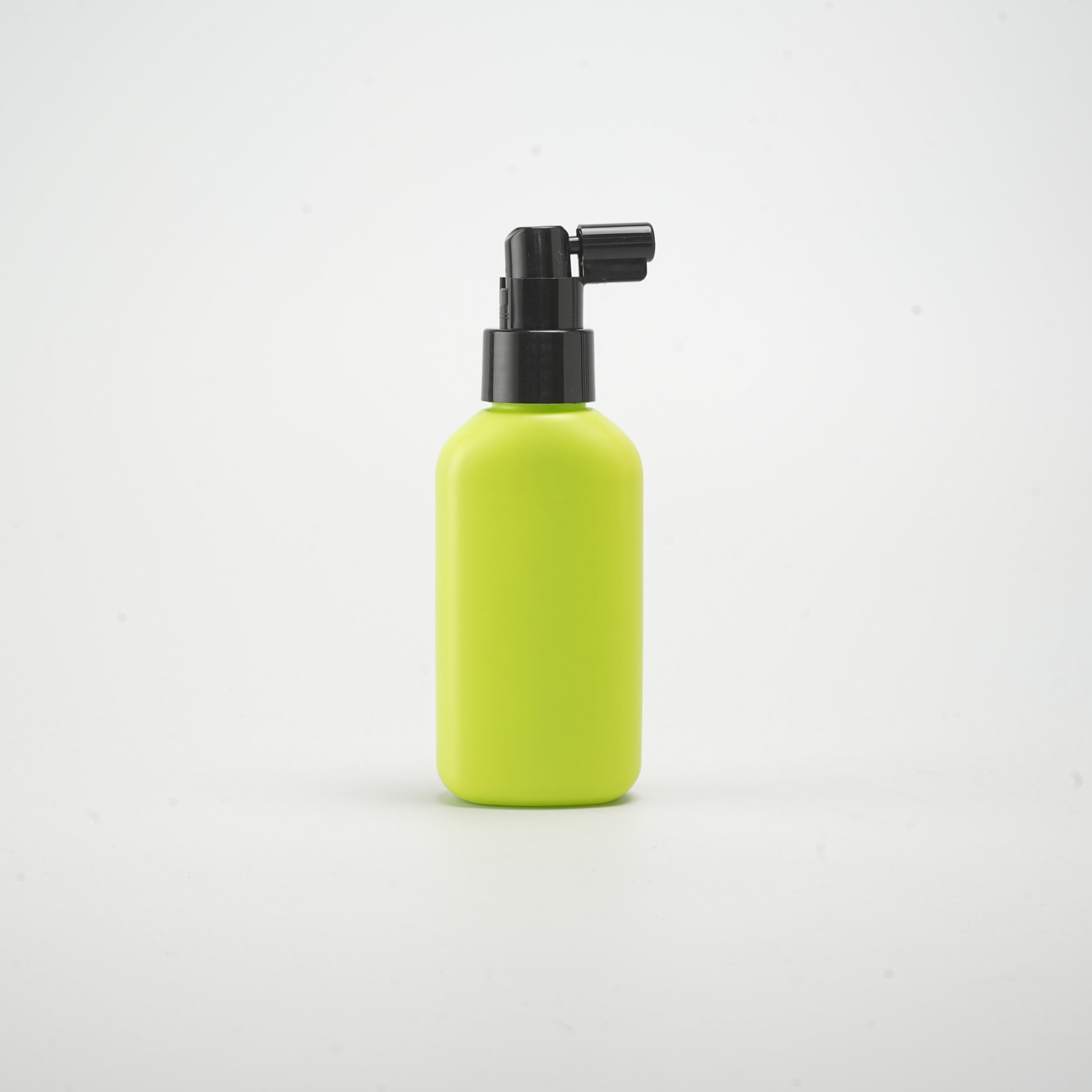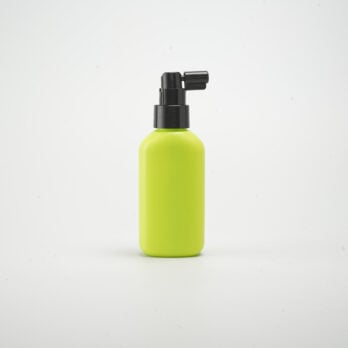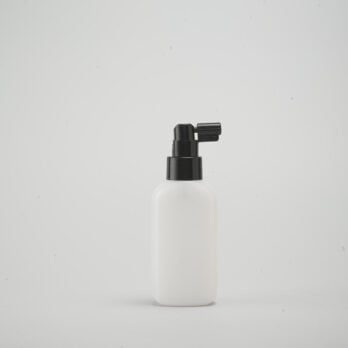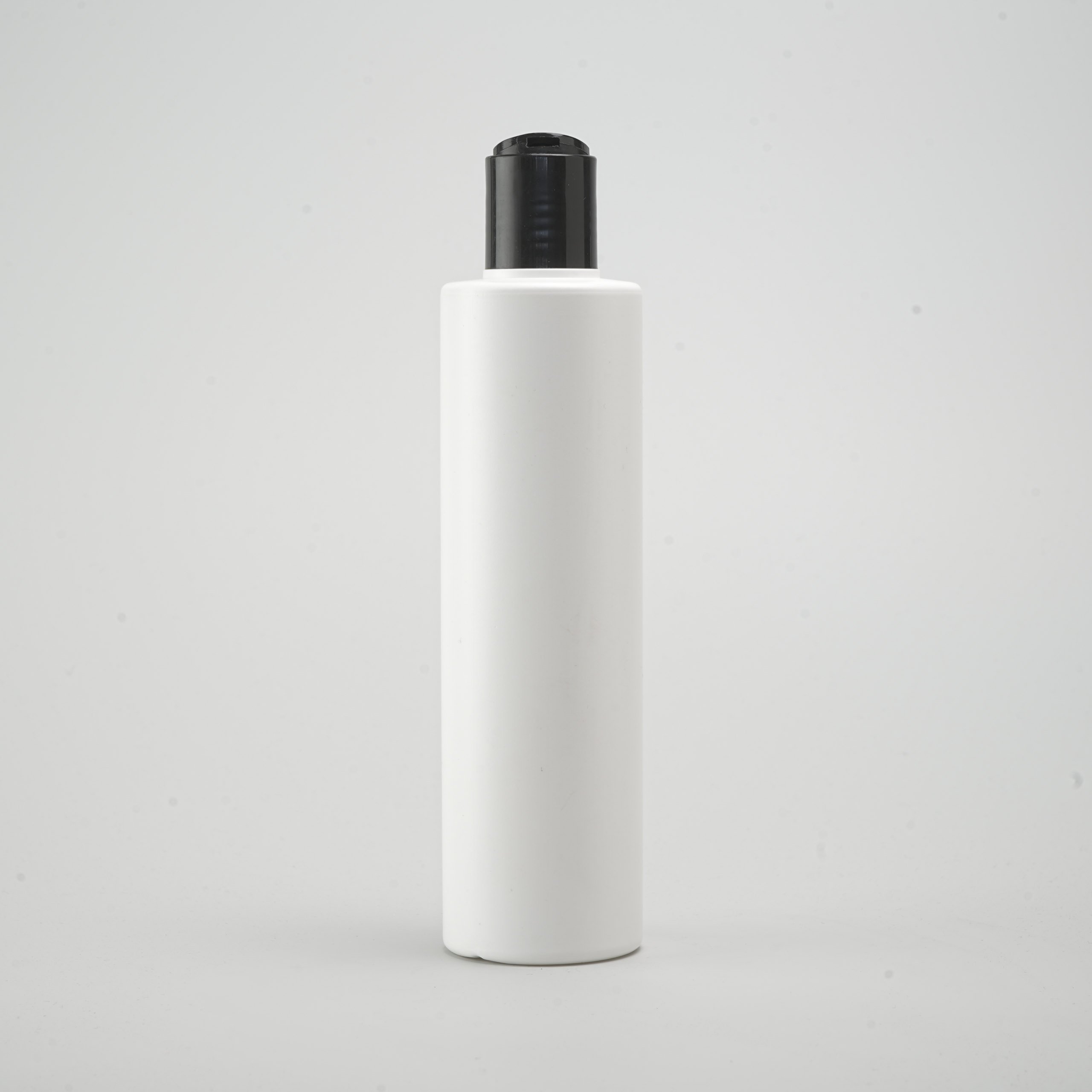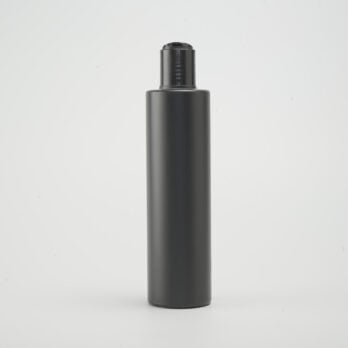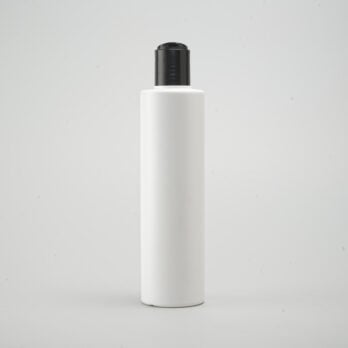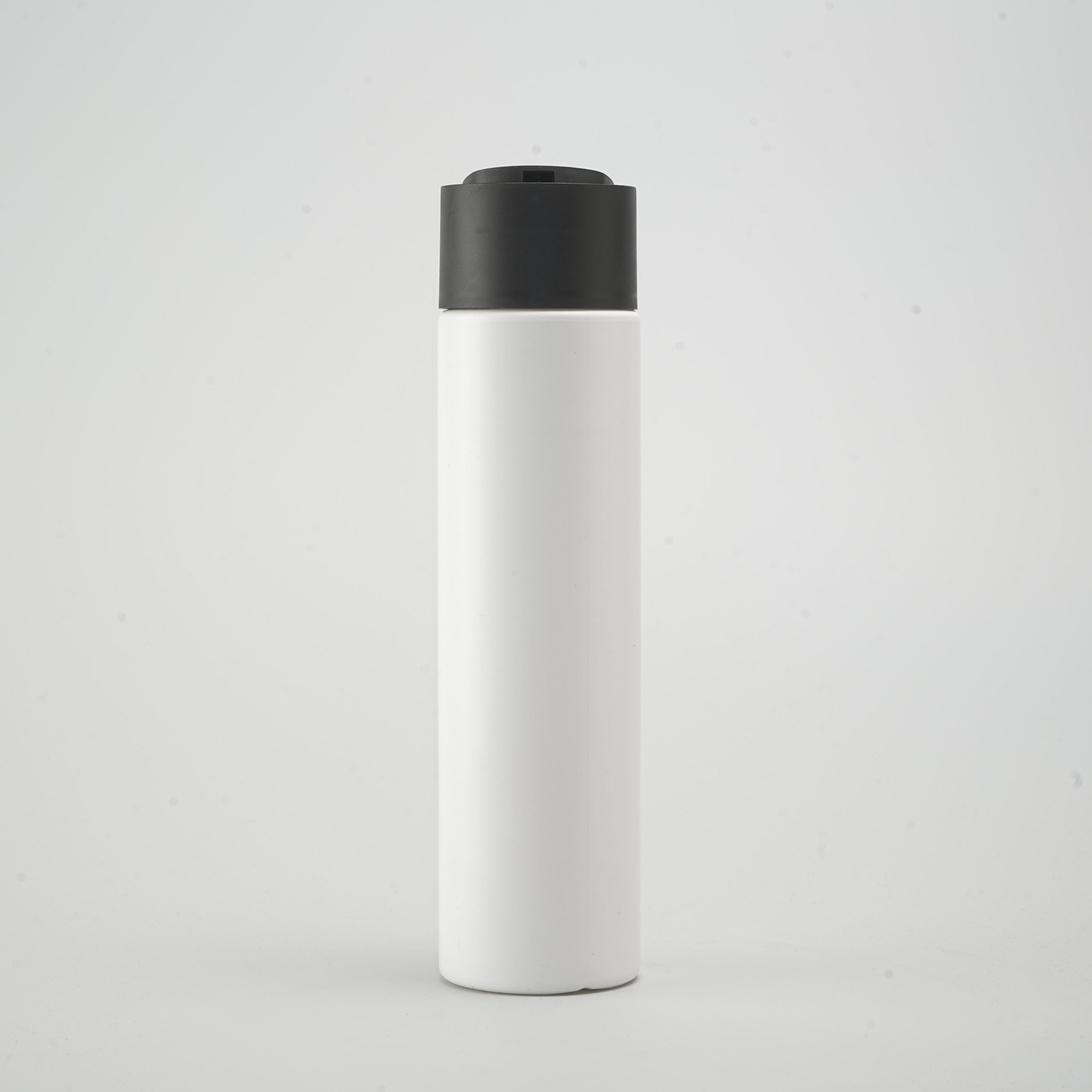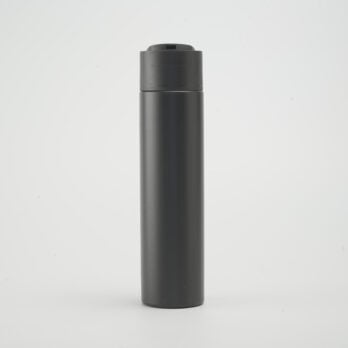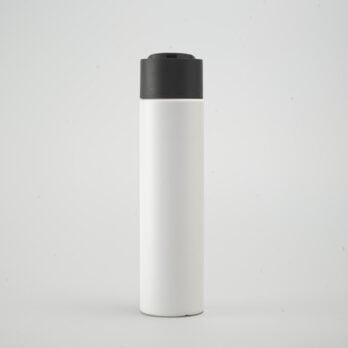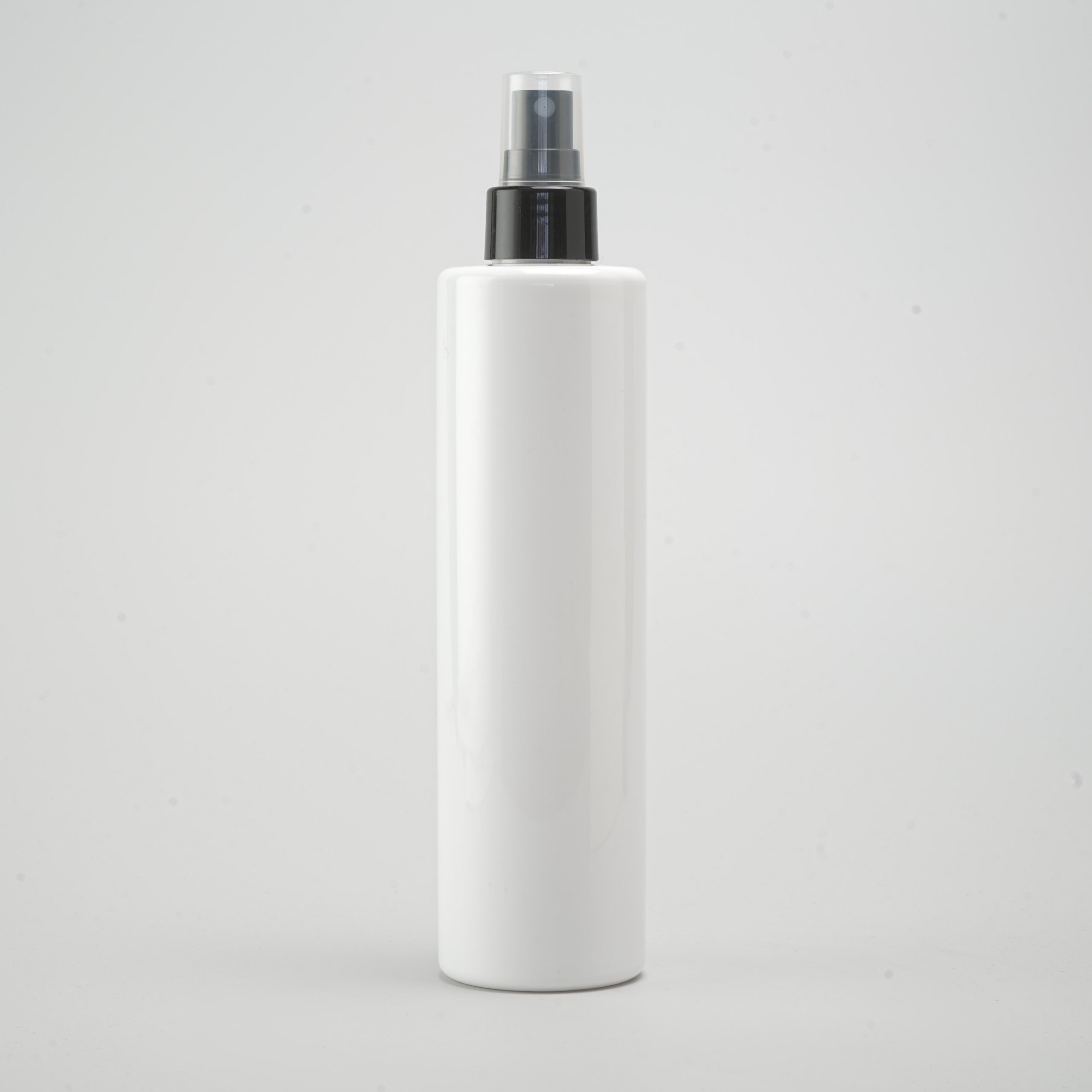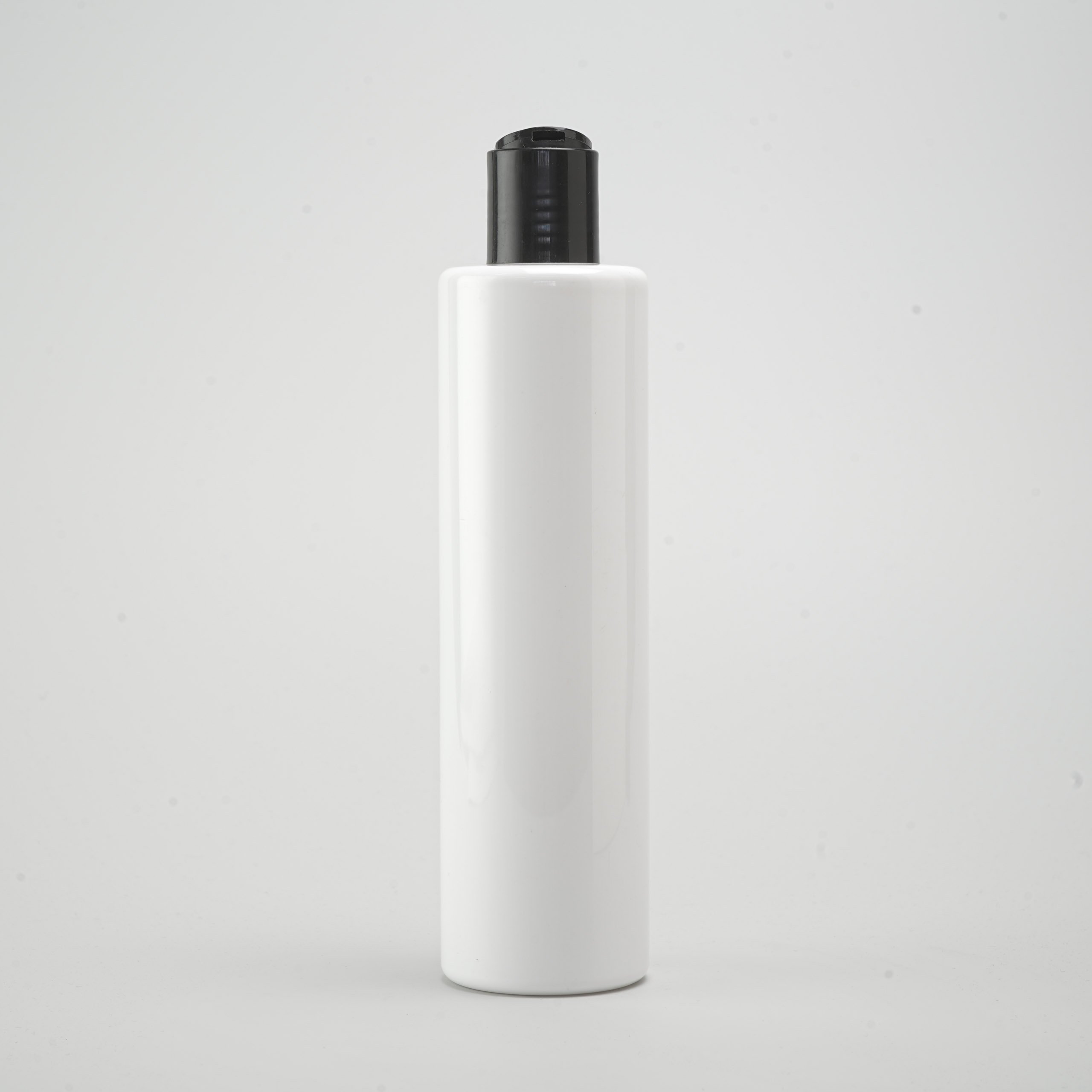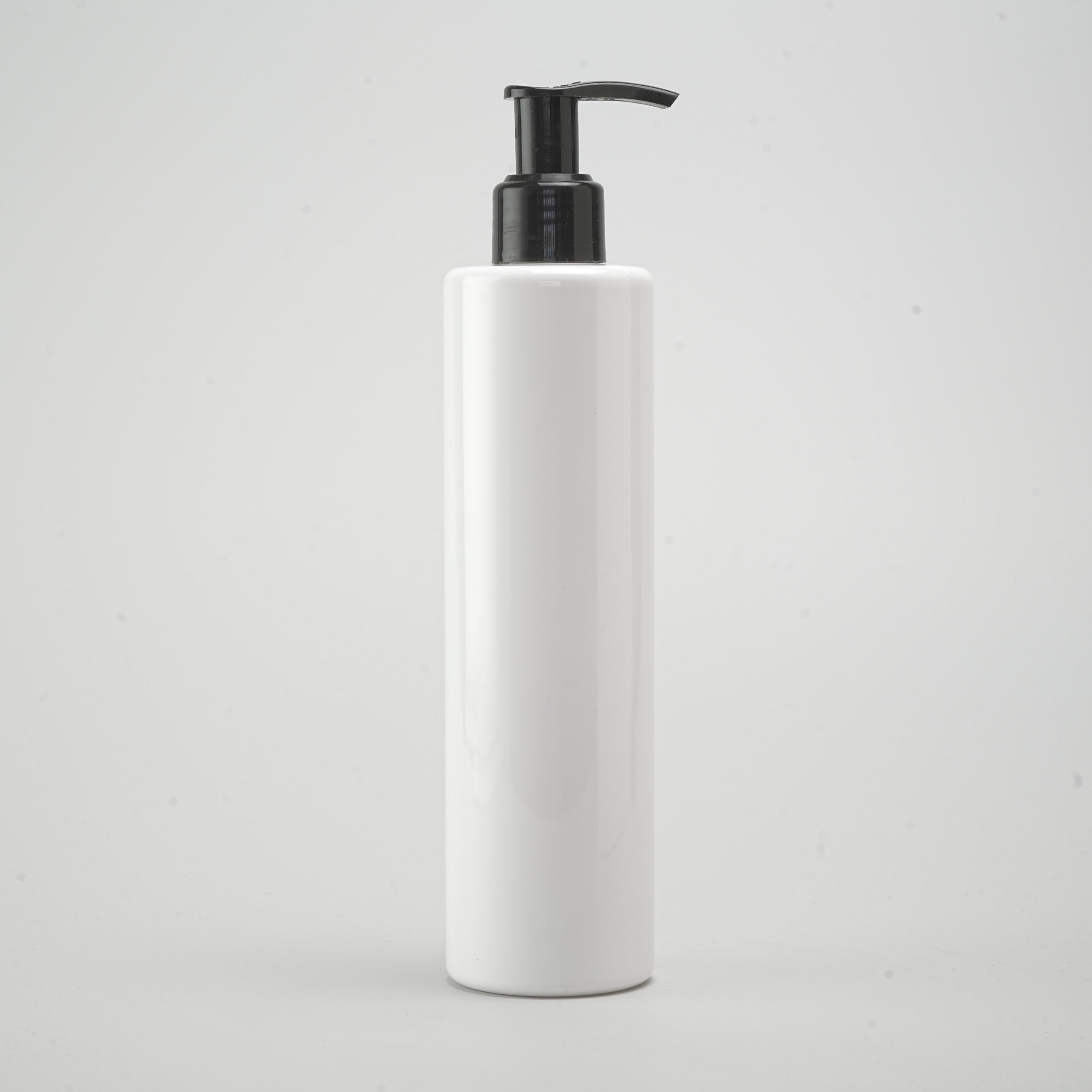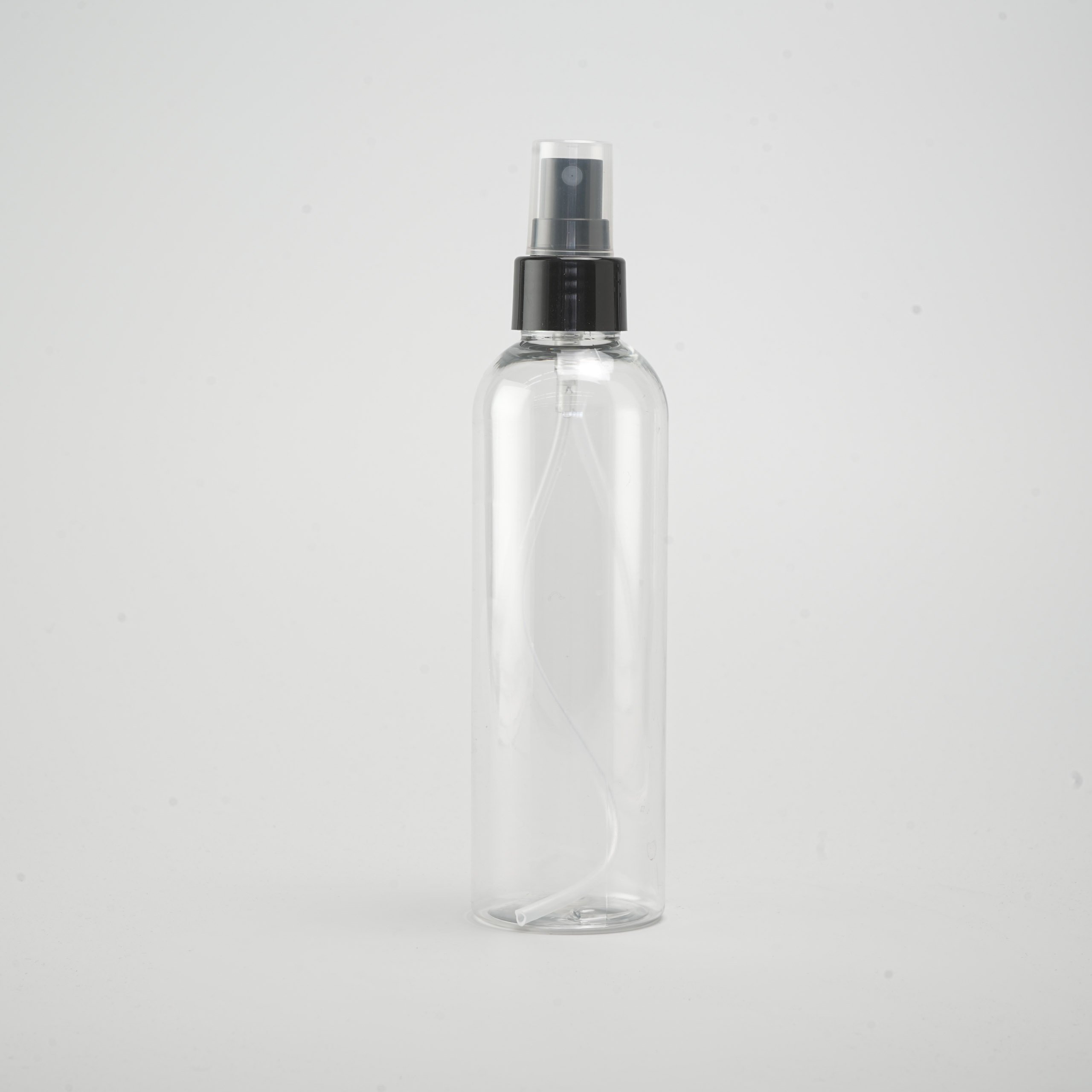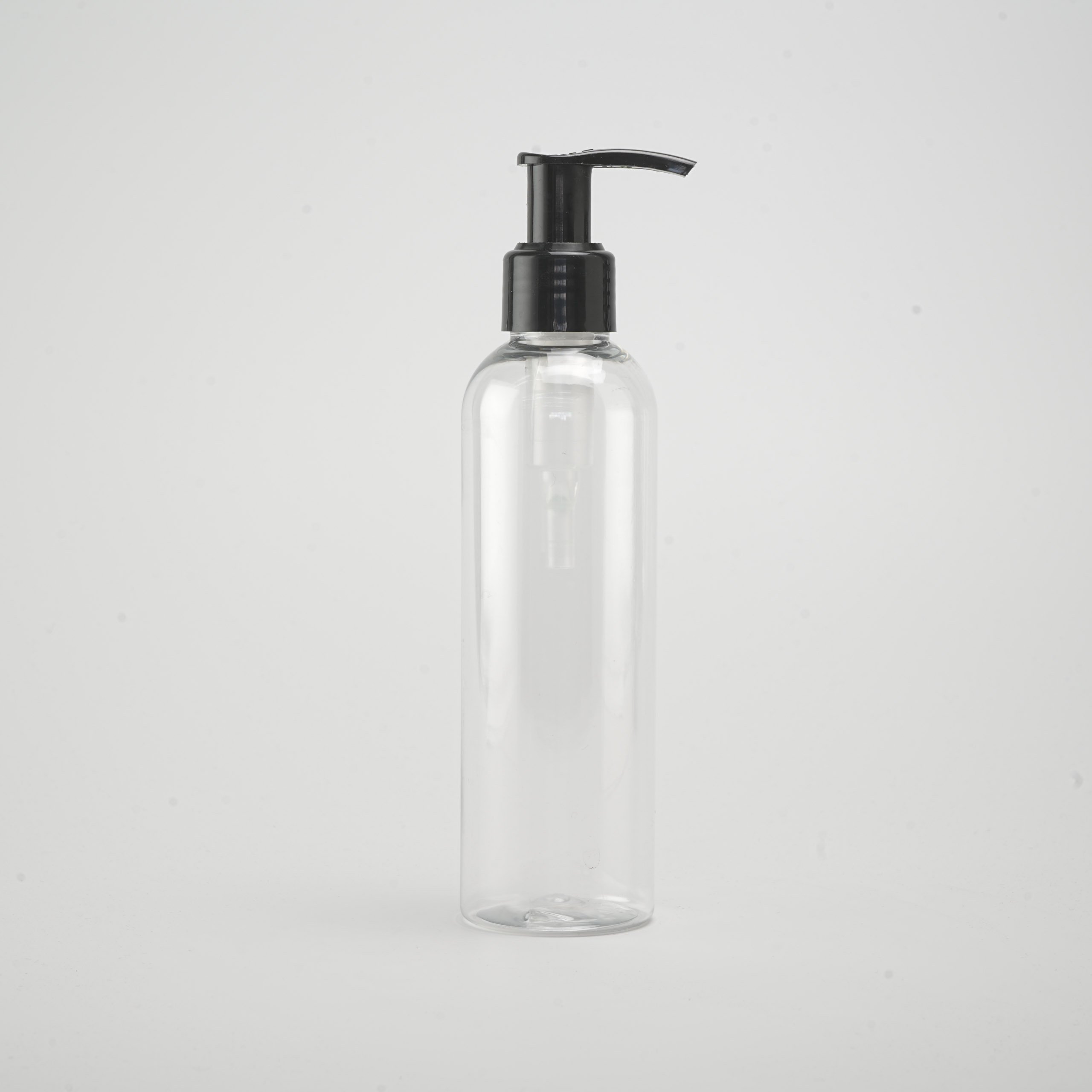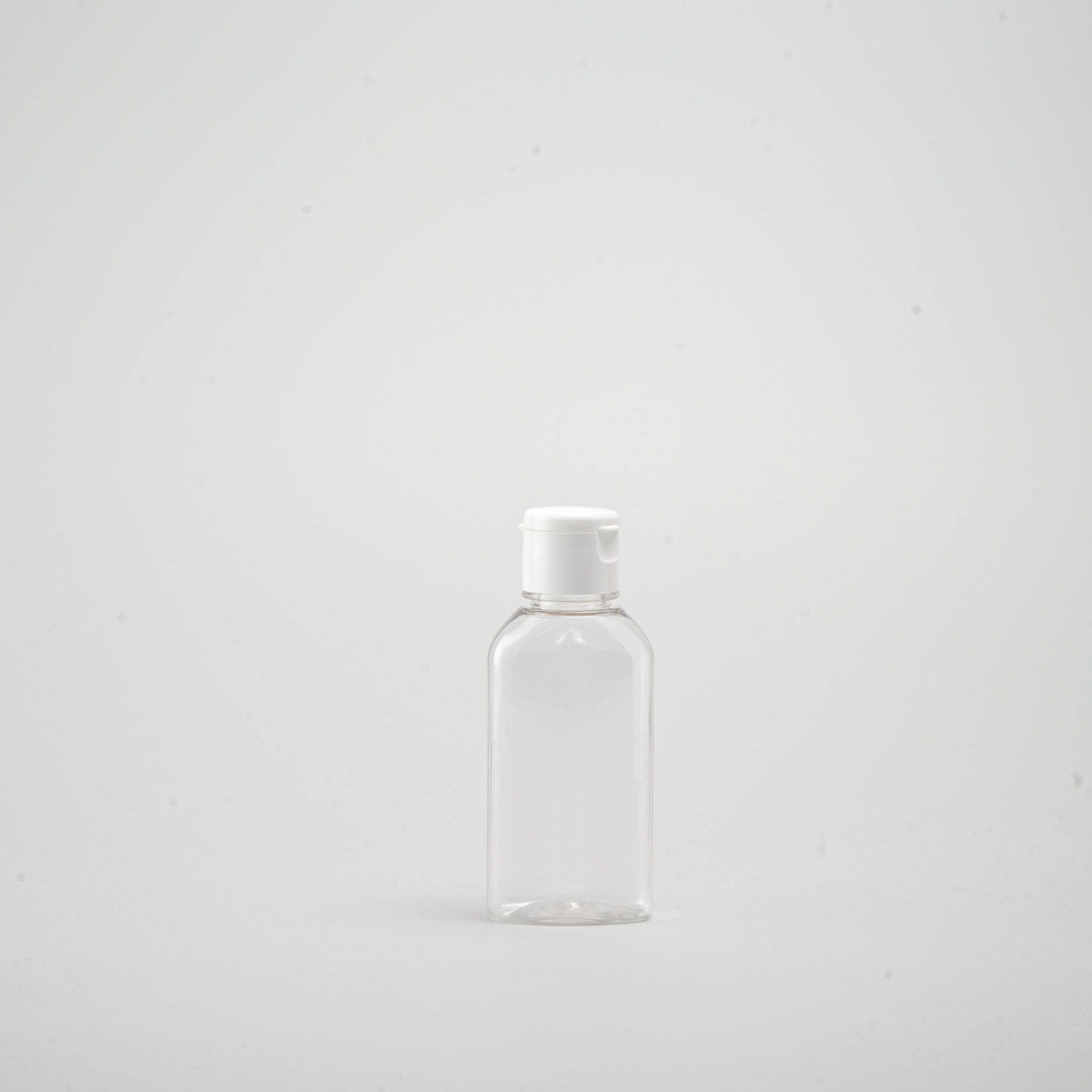Packages to choose from
Cannot find appropriate packaging?
No worries! Send us a reference and we will find it for you.
Extras
Extra packaging
Leaflet
Other customizations
Compliance
Product dossier (PIF)
Safety Assessment (CPSR)
CPNP Notification
Safety Data Sheet (SDS)
Other services
Formulation Development
Formulation Customization
Design Services
More details
Solution type
Solution appearance
Solution pH
Natural Origin Index (ISO16128)
Shelf-life
Scents to choose from
optional
Suitable for
all skin types
Key ingredients
Effective UVB Protection:
Octocrylene is a widely used organic compound in sunscreens, primarily recognized for its ability to absorb UVB rays, which are responsible for causing sunburn and contributing to skin cancer. By integrating Octocrylene into sunscreen formulations, it provides a reliable shield against harmful UVB radiation, ensuring your skin remains protected during sun exposure.
Photostability Enhancement:
One of the standout features of Octocrylene is its capacity to stabilize other sunscreen agents, particularly Avobenzone, a UVA filter known for its photoinstability. When exposed to sunlight, some UV filters can degrade, reducing their effectiveness. Octocrylene helps mitigate this issue by enhancing the overall photostability of the sunscreen, thereby prolonging the protective benefits and ensuring consistent performance throughout sun exposure.
Additional Benefits:
Beyond its UV filtering capabilities, Octocrylene possesses emollient properties, contributing to the moisturizing effect of the sunscreen. This dual functionality not only protects the skin from UV damage but also helps maintain skin hydration, leaving it feeling smooth and supple.
Regulatory Approval:
Octocrylene has been approved for use in various regions, including the European Union and the United States, underscoring its safety and efficacy as a sunscreen agent.
Environmental Considerations:
While Octocrylene is effective in UV protection, it’s important to note that some studies have raised concerns about its potential environmental impact, particularly on marine ecosystems. Ongoing research is being conducted to fully understand its ecological effects, and consumers are encouraged to use sunscreens responsibly to minimize environmental impact.
Efficient UVB Absorption:
Ethylhexyl Salicylate, also known as Octyl Salicylate, is an organic compound commonly used in sunscreens for its ability to absorb UVB radiation effectively. By incorporating this ingredient, sunscreens can prevent sunburn and reduce the risk of long-term skin damage associated with UVB exposure.
Enhanced Aesthetic Appeal:
This compound is oil-soluble and contributes to the overall aesthetics of sunscreen formulations. Its inclusion helps achieve a lightweight, non-greasy texture that spreads easily on the skin, enhancing user experience and encouraging regular application.
Synergistic Effects:
Ethylhexyl Salicylate often works synergistically with other UV filters, boosting the overall SPF of the sunscreen. This collaborative effect allows for broad-spectrum protection while maintaining a pleasant skin feel.
Regulatory Status:
Approved for use in many countries, including those in the European Union and the United States, Ethylhexyl Salicylate is considered safe for topical application within specified concentration limits.
Environmental Impact:
Current research indicates that Ethylhexyl Salicylate has a lower environmental impact compared to some other chemical UV filters. However, as with all sunscreen ingredients, it’s advisable to apply products responsibly to minimize any potential ecological effects.
Broad-Spectrum UVA Protection:
Avobenzone is a highly effective UVA filter, absorbing both UVA1 and UVA2 rays, which penetrate deeper into the skin and contribute to premature aging and DNA damage. Its inclusion in sunscreen formulations ensures comprehensive protection against the full spectrum of UVA radiation.
Photostability Considerations:
While Avobenzone is an excellent UVA absorber, it is known to be photounstable, meaning it can degrade upon exposure to sunlight, reducing its effectiveness. To address this, formulators often pair Avobenzone with photostabilizers like Octocrylene, enhancing its stability and ensuring sustained protection during sun exposure.
Compatibility with Other Filters:
Avobenzone is compatible with various other UV filters, allowing formulators to create broad-spectrum sunscreens that provide balanced protection against both UVA and UVB rays. This versatility makes it a valuable component in many sunscreen products.
Regulatory Approval:
Globally recognized for its efficacy, Avobenzone is approved for use in sunscreen products in numerous countries, including those in the European Union and the United States, within specified concentration limits.
Safety Profile:
Extensive research and regulatory reviews have established Avobenzone as safe for use in sunscreen formulations. However, as with all active ingredients, ongoing monitoring and research continue to ensure consumer safety.
Targeted UVB Protection:
Phenylbenzimidazole Sulfonic Acid, commonly known as Ensulizole, is a water-soluble organic compound that primarily absorbs UVB radiation. Its targeted action helps prevent sunburn and protects the skin’s outer layers from UVB-induced damage.
ewg.org
Formulation Flexibility:
Being water-soluble, Ensulizole offers formulators flexibility in creating lightweight, non-greasy sunscreen products. This characteristic is particularly beneficial for developing formulations suitable for oily or acne-prone skin, as it contributes to a matte finish without clogging pores.
Photostability and Synergy:
Ensulizole exhibits good photostability and works synergistically with other UV filters, enhancing the overall efficacy of sunscreen products. Its combination with oil-soluble filters allows for comprehensive, broad-spectrum protection.
Regulatory Acceptance:
Approved for use in various regions, including the European Union and the United States, Ensulizole is considered safe for use in sunscreen products within specified concentration limits.
Wikipedia
Environmental Considerations:
Current data suggest that Ensulizole has a minimal environmental footprint compared to some other UV filters. However, responsible usage and disposal of sunscreen products are always recommended to protect aquatic ecosystems.
Comprehensive UV Protection:
Tinosorb S is an innovative, broad-spectrum UV filter that offers robust protection against both UVA and UVB rays. Its unique chemical structure allows it to absorb a wide range of ultraviolet radiation, thereby preventing skin damage associated with sun exposure.
Exceptional Photostability:
One of the standout features of Tinosorb S is its high photostability. Unlike some traditional UV filters that degrade upon exposure to sunlight, Tinosorb S maintains its protective capabilities over extended periods. This stability ensures continuous and reliable sun protection, reducing the need for frequent reapplication.
Synergistic Effects:
Tinosorb S not only functions effectively on its own but also enhances the photostability of other sunscreen agents, such as Avobenzone. By stabilizing these compounds, it contributes to a more effective and longer-lasting sunscreen formulation.
Regulatory Approval:
Approved for use in various regions, including the European Union and Australia, Tinosorb S is recognized for its safety and efficacy. However, it is not currently approved by the United States Food and Drug Administration (FDA) for use in sunscreens.
Wikipedia
Environmental Considerations:
Tinosorb S is considered to have a favorable environmental profile, with studies indicating minimal impact on marine ecosystems. This makes it a preferred choice for eco-conscious consumers seeking effective sun protection without compromising environmental integrity.
Additional Benefits:
Beyond its UV filtering capabilities, Tinosorb S contributes to the overall aesthetic of sunscreen products. It is oil-soluble and can be incorporated into various formulations without affecting the texture or appearance, resulting in a pleasant user experience.
Highly Effective UVB Protection
Ethylhexyl Triazone is renowned for its exceptional ability to absorb UVB radiation, which is primarily responsible for sunburn and contributes to skin cancer risk. With a peak absorption at 314 nm, it offers one of the highest photostable absorptions among available UVB filters, ensuring robust protection against harmful UVB rays.
Photostability and Synergy
This compound exhibits remarkable photostability, meaning it retains its UV-absorbing efficacy even after prolonged exposure to sunlight. Additionally, Ethylhexyl Triazone works synergistically with other sunscreen agents, enhancing the overall sun protection factor (SPF) of the formulation. Its compatibility with various UV filters allows for the creation of broad-spectrum sunscreens that provide comprehensive protection against both UVA and UVB rays.
Formulation Benefits
Ethylhexyl Triazone is oil-soluble and can be incorporated into sunscreen formulations at concentrations up to 5%, depending on regional regulations. Its inclusion does not impart color or odor to the product, allowing for the development of aesthetically pleasing sunscreens with high SPF values.
incidecoder.com
Safety Profile
Extensive evaluations have demonstrated that Ethylhexyl Triazone has low skin penetration and minimal irritation potential, making it suitable for sensitive skin types. It is also photostable, ensuring sustained protection during sun exposure.
cosmetics.specialchem.com
Regulatory Status
Ethylhexyl Triazone is approved for use in sunscreen products in many countries, including those in the European Union and Australia, at concentrations up to 5%. However, it is not currently approved by the United States FDA for use in sunscreens.
Environmental Considerations
Current research indicates that Ethylhexyl Triazone has a lower environmental impact compared to some other chemical UV filters. However, as with all sunscreen ingredients, responsible usage is recommended to minimize any potential ecological effects.
Aloe Vera is renowned for its cooling, hydrating, and soothing properties, making it an essential ingredient in sun care. It reduces redness, calms irritation, and helps replenish moisture after sun exposure.
Rich in antioxidants, vitamins, and polysaccharides, Aloe Vera enhances the skin’s natural repair process while boosting hydration levels—keeping your skin soft, supple, and refreshed throughout the day.
Vitamin E is a powerful antioxidant that helps protect the skin from oxidative stress and environmental damage. It neutralizes free radicals generated by UV exposure, reducing the risk of premature aging, sunspots, and collagen degradation.
Additionally, it enhances skin hydration and elasticity, making the sunscreen not only protective but also nourishing and skin-repairing.
Lactobacillus Ferment is a probiotic-derived ingredient that supports the skin’s natural microbiome, reinforcing its protective barrier against external aggressors. It helps reduce skin sensitivity, soothe irritation, and improve overall skin resilience.
By maintaining a healthy skin flora, this ingredient enhances skin hydration, reduces redness, and ensures a more balanced, even complexion—making it an excellent addition to sun protection formulas.
Glycerin is a natural humectant that draws moisture into the skin, ensuring it remains hydrated, soft, and plump throughout the day. Sun exposure can dehydrate the skin, but Glycerin counteracts this by maintaining optimal moisture levels.
It is especially beneficial for sensitive and dry skin types, providing long-lasting hydration without clogging pores or feeling greasy.
Derived from natural plant oils, Glyceryl Caprylate acts as a gentle emollient, helping to soften and smooth the skin. It also has antimicrobial properties, making it beneficial for maintaining a clean and balanced complexion.
This eco-friendly ingredient helps create a luxurious, non-greasy texture while improving the overall performance of the sunscreen by enhancing skin comfort and hydration.
Ingredients (INCI)
Aqua, C12-15 Alkyl Benzoate, Octocrylene, Ethylhexyl Salicylate, Butyl Methoxydibenzoylmethane, Decyl Oleate, Phenylbenzimidazole Sulfonic Acid, Vp/Eicosene Copolymer, Glycerin, Ceteth-2, Ceteareth-25, Lactobacillus Ferment, Phenoxyethanol, Bis-Ethylhexyloxyphenol Methoxyphenyl Triazine, Ethylhexyl- Triazone, Glyceryl Stearate, Tocopheryl Acetate, Lauryl Alcohol, Ethylhexylglycerin, Glyceryl Caprylate, Myristyl Alcohol, Disodium EDTA, Sodium Hydroxide, Aloe Barbadensis Leaf Juice Powder
